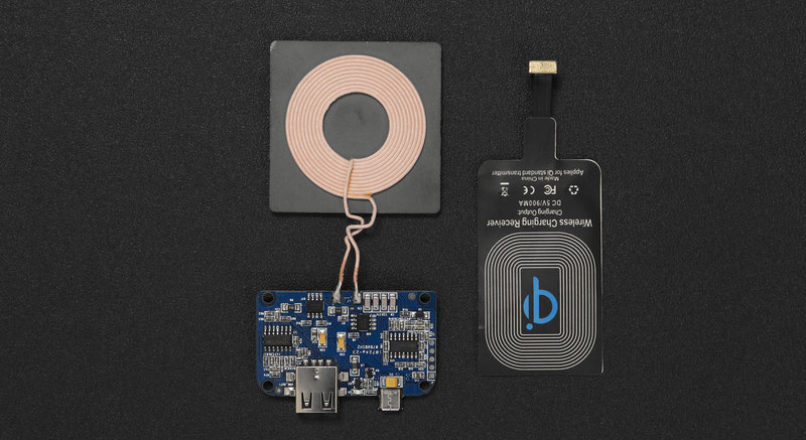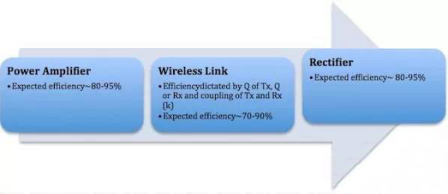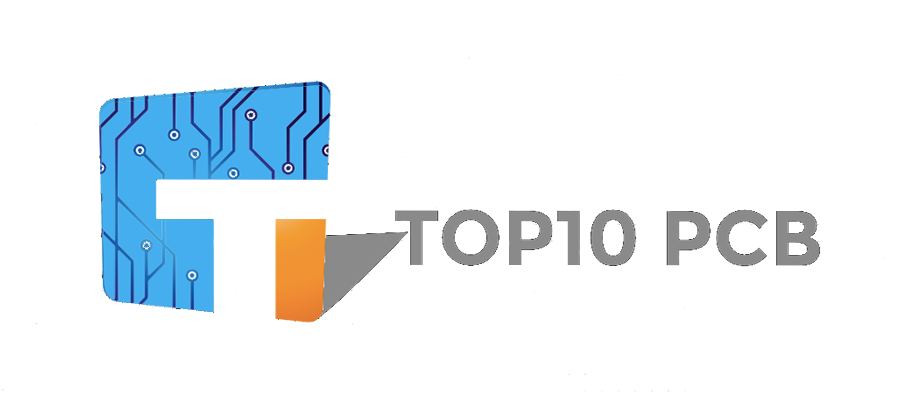
5 Things Consider Before Doing Wireless Electronic Charging Design
We all know that wireless charging technology currently has many technical bottlenecks. So you need to consider some issues before you want to design a wireless charging module. That is easy to use and meets the preferences of the public.
When designing a wireless charging system the key considerations that affect the PCB design are usually user experience, efficiency, power, standards, component availability, and cost.
A well-designed system can offer many benefits, from improved features. Such as smartphones that no longer need to be plugged in. To support new technologies. Such as sensor concentrators placed in a radioactive environment, in which case they cannot be recharged via cable. And human-computer interaction is not safe. And so on.
Five Elements Of Wireless Charging Design
Wireless charging systems using magnetic field coupling technology have been around since the late 1800s, but it is only recently that recent advances in components, chips, and system architecture have enabled engineers to implement practical wireless charging systems in their devices to improve the user experience.
Let’s discuss the 5 elements of wireless charging design.
1.User Experience
How the user interacts with the device is one of the most basic questions that every good engineer asks when the project starts.
- Do you need high power?
- Do you need flexibility in alignment?
- Is it required to have a low calorific value?
- Do I need to recharge for a long-distance?
- Does the customer need to recharge quickly?
- Do you need multiple receivers per transmitter?
- Do you need a small size?
All of these options are acceptable but usually require compromise.
For example, high power and low calorific value can not always be satisfied at the same time. Distance and efficiency basically run counter to each other.
Therefore, it is an important first step to understand what users need and how to prioritize these requirements when designing a wireless charging system for a device.
2.Charge Efficiency
Among the indicators used to measure the performance of the wireless charging system, efficiency is always the first. Naturally efficient systems can provide longer distances, better directional flexibility, lower calorific value, smaller size, and smaller power leakage current.
Here are 3 main modules that have a decisive impact on efficiency in a wireless charging system:

If all three modules work at the lowest estimated efficiency then the total system efficiency is about 45%. (that is, 80%, 70%, and 80%, as shown in the figure),
For a 5W device, 11W of transmit power is required to provide full-speed charging, and about 6W dissipates in the device itself (as heat dissipates) and in the surrounding environment, including air, devices, and human tissue.
In the case of low power, this may be safe and acceptable.
However, in a higher power, such as the charging of electric vehicles, the typical charging power is at least 5kW, then 6kW will be lost in the transmitter, the car, and the surrounding environment, which will cause serious heating and safety problems.
When all three modules of the wireless charging system operate at the highest estimated efficiency (that is, 95% 90% and 95%), the total system efficiency is about 82%.
In this case, a 5W device only needs about 6W of charging power from the transmitter, and the only 1W is lost due to inefficiency.
To improve the efficiency of the system, designers should focus on high-efficiency components and improve the coupling between the transmitter and the receiver.
3.Power Level
Wireless charging systems that use magnetic field coupling can charge devices ranging from milliwatts to kilowatts. For milliwatt devices, energy collection or RF wireless power may be a more attractive charging option. The power requirements of the equipment will determine your choice of components, the company you can work within design and the size of the equipment.
4.Standards And Regulations
At present, there are many standards for wireless charging of electronic devices, including Wireless Power Alliance (A4WP), Power event Alliance (PMA) and Wireless charging Alliance (WPC).
The purpose of these standards organizations is to provide a platform for interoperability between transmitters and receivers while providing guidance on product and component innovation that meets regulatory requirements.
If your device requires interoperability (do users need to recharge at the airport or local coffee shop? Then your design should revolve around a certain standard.
Generally speaking, A4WP offers the most technologically advanced solutions for “loosely coupled” systems, while WPC has the most commercial development tools and components, but it is a “tightly coupled” system (at least for now).
PMA is merging with A4WP to provide “tight coupling” technology for its shared standards. If your device does not require interoperability and users’ devices always use the same transmitter. Then you have the flexibility to develop proprietary, closed solutions.
Of course, it is still important to use off-the-shelf components and technologies recommended by standards organizations in this case. At least to provide you with a good starting point in terms of development convenience and resource availability. But you don’t have to meet all the standards and specifications.
If your equipment meets your requirements and is within the scope of the regulations, your circuit design is successful.
5.Component Selection
Because efficiency is king, and components determine efficiency, it’s important to know what you think when choosing components. In the field of wireless charging, many component companies develop efficient and cutting-edge technologies.
For example, the enhanced gallium nitride (eGaN) transistor developed by Yip (EPC) has high-efficiency switching performance and can be used to achieve high-performance power amplifiers.
In terms of antennas, the antenna structure developed by NuCurrent can achieve small antennas with high efficiency and high flexibility.
At the same time, companies like IDT, Broadcom, TI, and other IC companies are developing IC. That can support multiple standards, various power levels, and small sizes.
So there is a lot of choices.
If you are new to wireless charging design, the best way is to work with component suppliers or design consulting firms. Because they understand the prospect of wireless charging and can help you track design requirements quickly. And introduce you to strategic development partners.
Conclusion
In a word, a successful wireless charging product not only meets the needs of the current market user experience, but also complies with the charging protocols and regulations, and continuously optimizes the parameters and components configuration of the electronic circuit to achieve the highest charging conversion rate with the optimal production cost.
At present, there are many specifications of wireless charging in the wireless charging market, 10w 15wpm 20w. But the charging efficiency has not been high, maintained at about 75%.
However, with the continuous development of technology, I believe we will break this technical bottleneck.
The era of the full popularity of wireless charging will not be too far away.
In the next article, we will take the conventional wireless design process as an example to unravel the mystery of wireless design for you.
A more knowledge of electronic technology waiting for you to find, what are you waiting for, if you like, follow us! Looking forward to meeting you in the comments section.

Leave a reply